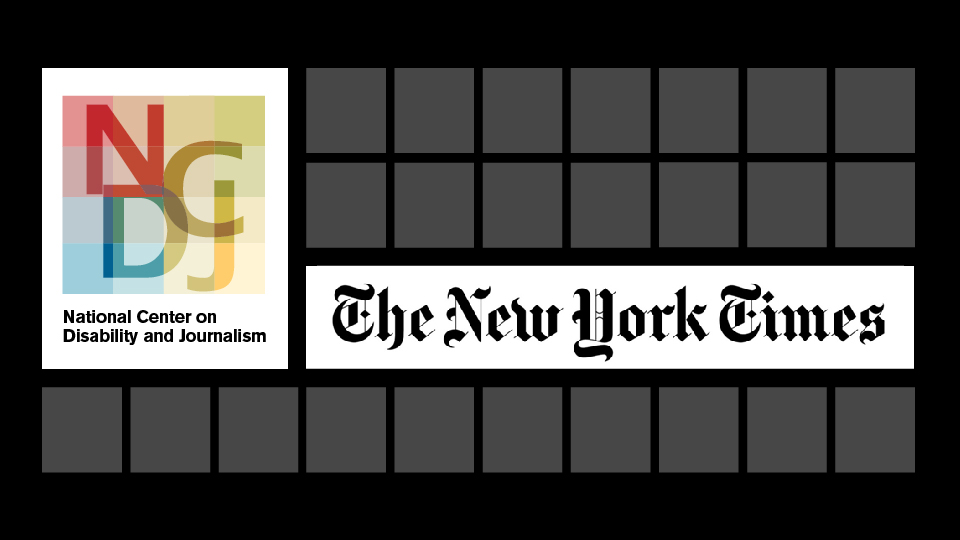From Flixist:
Part Grease, part High School Musical, Best Summer Ever is a musical taking on the high school genre with a fully-integrated cast of people with and without disabilities. The conversation around inclusion, disability, and representation in Hollywood needs to be changed — starting with creating inclusive films. From that standpoint, it’s a pioneering production and a really wild ride.
Best Summer Ever
Director: Michael Parks Randa and Lauren Smitelli
Release date: March 18, 2021 (SXSW)
Rating: Not yet rated
Best Summer Ever is a lot of fun, full of actors and young people who are all so talented. I’m glad that the storyline hasn’t been specifically diluted for people with disabilities: the writers’ goal is to treat the film like a traditional high school story where everyone is equal and the storyline isn’t contrived specifically around disabilities. It’s presented with closed captions for accessibility and the film is wholly inclusive in its cast and crew.
The plot’s driven by the usual hallmarks of the genre: Anthony (Ricky Wilson Jr.) is a popular quarterback hiding the fact that he spent the summer at dance camp, and he meets Sage (Shannon DeVido), a girl who is always on the move with her family. The highest-stakes part of the film is that Tony might get exposed as a dancer to his high school, when the entire school seems to count on him to win this year’s football season, breaking a 25-year losing streak for the team.
There’s a really bizarre storyline in which Sage’s two mothers grow cannabis for medicinal use, so they’re always on the move, traveling around the country seeking out the next growing season. It has a lot to do with their very anti-establishment philosophy and it seems to ring true throughout the entire film, affecting each of the characters.
True to the genre, it can feel a bit cliched at times, but it’s all part of the fun. The rival cheerleader Beth (Madeline Rhodes) is brilliantly over-zealous, stringing along with a group of followers who do her bidding. A plot unfolds beneath the subplot of the teen romance, as Beth sets out to sabotage Sage’s new life. She’s no match, though, for the pair of savvy teens and their plan to confound everyone’s expectations of them.
If the plot felt contrived at times, I couldn’t have predicted the madness of the ending. It took a turn I didn’t expect and gave villains their comeuppance, meting out justice with plenty of slapstick comedy. A special mention has to go to Emily Kranking who plays Nancy, Sage’s first friend in her new town, and the actor responsible for some of the best comedic delivery of the film.
In the end, Tony reconciles two of his passions – football and dance – with a little help from Sage. And the finale is an explosive, show-stopping number that rounds everything up just as you’d hope. There’s a bonus end-credit sequence showing the cast and crew in rehearsals, and not only is it representative, it’s clear they’re having a blast. Best Summer Ever is a fun, heartwarming, and inclusive film for this year’s festival, the likes of which we need to see more of in Hollywood.

